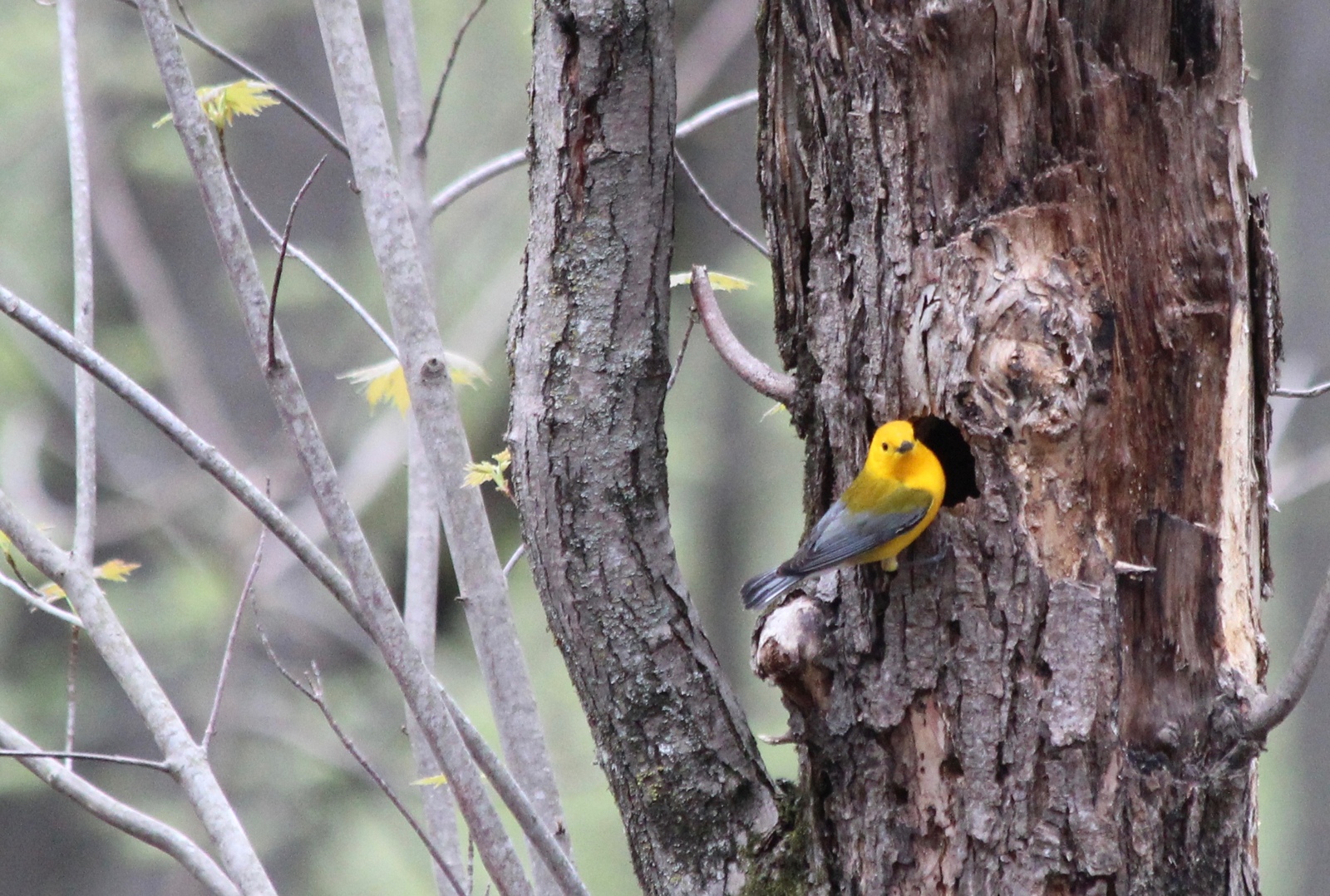
Astronomy
Monday the 6th is the full Harvest Moon. Each morning look for Venus near the eastern horizon, and Jupiter above it. And in the evenings look for Saturn in the east, halfway up to the zenith, which is the imaginary point straight overhead.

Birds
Migration continues. Wood Ducks, Mallards, and Canada Geese follow waterways like the St. Croix River on their way south. Great Blue Herons and American Egrets keep near water as they move south, too. Look for large flocks of Red-winged Blackbirds and Grackles, and smaller flocks of Bluebirds. You may also see or hear some White-throated Sparrows. They sing their “O Canada” song in the fall, though not as often as in the spring.
Mammals
Mammals are looking ahead to winter and how to survive the cold months. Some hibernate, some become less active, and others will remain active through the year. Bats will hibernate in caves and other sheltered places. You may still see some flying in the evening hours in October. Raccoons are not true hibernators but they will become less active as the weather gets cold. Squirrels will remain active all winter long, and are still hard at work gathering nuts and seeds. Deer are active all winter, too, and during the fall months they eat about five pounds of food every day for every 100 pounds that they weigh. That’s a lot of twigs and buds from trees and shrubs!
Insects
Be careful not to step on woolly bear caterpillars when you’re hiking at Afton. They are looking for a sheltered spot to curl up for the winter. Many insects overwinter as adults, including leaf-footed bugs, which gather in large numbers under leaves or tree bark. Many other insects migrate, including the northern populations of milkweed bugs. And you may see a few last Monarchs heading south to Mexico.
Plants
Milkweed, Thistle, and Butterflyweed seeds all drift away from their parent plants on autumn breezes.
Trees
There are at least six species of oaks at Afton, and fall is a good time to look for them. This week, see if you can find a Black Oak. It is in the red oak group, and like all red oaks has points at the ends of the lobes of its leaves. The caps of its acorns cover about the top half of the nut. Black oaks like to grow on dry sandy slopes in the sunshine.
Another tree to look for is the ash. Although many ash trees have died after being infested with the emerald ash borer, you may still find some in wet soils along streams like Trout Brook. The most common is the Green Ash. It has brown furrowed bark, and compound leaves made up of several leaflets that turn yellow in fall. Ash trees have winged seeds called “samara” that often hang in clusters on the tree well into the winter.
Enjoy the fall colors when you’re hiking – this week is usually the peak!
Weather observations
Here are some weather observations for this week from past years.
| Friday, October 3 | 2023: 80s, rain in the evening; 2022: temperature in the low 70s; 2016: mid-50s in the morning |
| Saturday, October 4 | 2024: sunny and 60s; 2023: overcast and 60s; 2020: sunny and in the 50s ; Record rainfall of 4.61” in 2005 |
| Sunday, October 5 | 2024: sunny and 70s; 2023: sunny and breezy, 60s; 2020: sunny day near 70°; Record high of 88° in 2011 |
| Monday, October 6 | 2024: sunny and breezy; 60s; 2020: sunny and near 80°; Record high of 87°in 2007 |
| Tuesday, October 7 | 2024: sunny and 70s; 2023: drizzly and in the 50s; 2022: in the 40s in the morning; record high of 85° in 2011 and 2003; trace of snow in 2002 |
| Wednesday, October 8 | 2024: sunny and 70s; Record high of 87° in 2010 |
| Thursday, October 9 | 2023: frost on the rooftops, high in 50s; 2015: mostly cloudy with high in the 50s; 2021: high near 80° |
Photo/Image credits
All photos copyright Nina Manzi, except:
- Keith Henjum: Raccoon
- Dean Lokken: American Egret
- Deborah Rose; Minnesota Conservation Volunteer: Bat
- Gary Sater: Eastern Bluebird, Full Moon, Mallard Duck
- John Watson, Trail Camera: Whitetail Deer




























Comment